By San Francisco crime historian and writer Paul Drexler
“Come and get me coppers! You’ll never take me alive!” These are classic movie lines, James Cagney at his snarliest. “Top of the world Ma,” he shouts from the roof of the factory, as he fires his machine gun in White Heat’s climactic scene. Cagney is the ultimate rebel, an iconic figure, surrounded by hundreds of armed men. He is without fear, a man with nothing to lose. His last ace is his willingness, his eagerness to kill, and to die. But the lines Cagney speaks are not from the mind of a screenwriter.
They are from the mouths of Francis Crowley, and Augie Robles, two killers, whose lives played out thirty years apart, in barricaded New York City apartments, accompanied by the sound of bullets, the smell of tear gas, the angered determination of police, and the excited chatter of tens of thousands of bystanders.
Francis Crowley came into the world out of wedlock and unwanted in 1911. Eighteen years later, though he stood only five foot three and weighed 110 pounds, Crowley had all the anger of a man twice his size. To make up for his small stature, Francis always carried two firearms, earning the nickname “Two Gun Crowley.” On March 14th, 1931, after shooting two men at a dance, Crowley wounded a police detective, who tried to arrest him. Crowley teamed up with Rudolph “Fats” Duringer to commit a series of armed robberies. In early May a drunken Duringer killed taxi dancer Virginia Branners when she refused his advances. Police searched for DurInger and Crowley.
In the early morning of May 6th, Crowley and Helen Walsh, his new 16-year-old girlfriend, were sitting in a car in Merrick, Long Island when two policemen approached. Patrolman Fred Hirsch asked Crowley for his identification. Crowley immediately shot and killed Hirsch, a father of four. An all-points bulletin was issued for Crowley. Authorities feared that Crowley had also killed his girlfriend Helen to eliminate a witness.
Helen’s mother, Mrs, Jeremia Walsh, strongly disagreed. “Frank Crowley is a splendid young man, no matter what people say about him being a murderer. Why, he wouldn’t harm a hair on her head-she is as safe with him as she would be in my arms.”
Mrs Walsh might have felt differently if she had listened to Crowley. “Sure I killed Hirsch,” Crowley boasted. “I fired sixteen shots at him. I killed that copper deader than hell, I did. Then I got out of the car to make sure he was dead.”
Pursued by the entire police force Crowley, Duringer and Walsh hid in Billy Dunn’s 5th-floor apartment at 303 West 90th street. When Billy Dunn realized that Helen Walsh had replaced her as Crowley’s girlfriend, she complained to others at a local bar. Word of Crowley’s location soon reached the ears of the police.
Hint to criminals:
Never hide from the police with your new girlfriend, in your old girlfriend’s apartment.
Three detectives followed the tip. One detective entered the room next to the apartment on 90th street while the other two notified headquarters. Crowley, sensing the police, exchanged shots with the detective. Three hundred policemen soon arrived, directed by Police Commissioner Mulrooney. They set up machine guns on the roofs of the surrounding buildings and blocked off the streets.
At 5:00 PM the battle began. Johnny Broderick, New York’s “toughest cop,” led a group up the stairs. At the time, Broderick, whose beat was Broadway, was the country’s most famous policeman. Broderick’s rough but effective policing techniques were often chronicled by Westbrook Pegler, and Walter Winchell, two of the nation’s most powerful columnists.
Broderick pounded his fist on the door to Crowley’s apartment only to be met with gunfire. Then all hell broke out. Police poured machine gun fire and tear gas into the apartment. Crowley threw the tear gas canisters out the window and he and Duringer returned fire with the five guns they carried. Helen Walsh huddled in a closet reloading their guns.
Members of the police emergency squad chopped a hole in the roof of the building and fired into the apartment‘s bedroom, driving Crowley and Duringer back into the rest of the apartment. During the two-hour battle, the police shot over 700 rounds into the apartment. During lulls in the fighting Crowley and Walsh wrote their final messages to the world, in case they did not survive. Crowley’s read, in part:
“Under my cloth is a weary heart, but a kind one. A heart that would do nobody any harm. … I had nothing else to do, that’s why I went around and bumped off cops….”
Helen Walsh’s notes were equally philosophic. …“If I die and my face you are able to see, wave my hair and make my face pretty…Do my nails all over. I don’t use this kind of polish-it’s too dark. I like pale pink.”
By 7:00 PM, with four bullets in his arm and legs, Crowley claiming his ammunition was exhausted, surrendered. When police searched him, however, they discovered two loaded automatic pistols strapped to his knees.
Crowley’s gun battle with police made him famous and newsreels of the shoot-out were shown in movie theaters all around the United States and England.
In exchange for testifying against Crowley for patrolman Hirsh’s murder, no charges were filed against Helen Walsh.
At his trial, Crowley claimed that officer Hirsh tried to shoot him first but that the policeman’s gun misfired. Crowley later picked up and used it to fire into Hirsch’s dead body. Duringer claimed his shooting of Virginia Branners was an “accident.” They were both quickly convicted and sentenced to death.
Crowley went to the electric chair a few weeks past his 20th birthday.
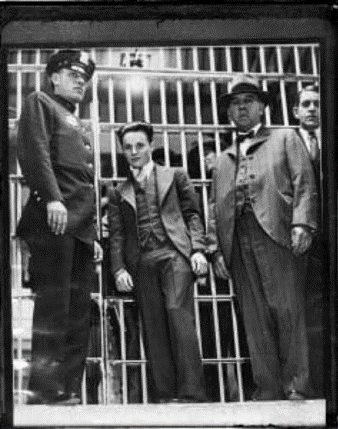
Augie Robles
Augie Robles and Francis Crowley had much in common. They were both small men, under 5 foot six inches, born in 1911. They lived in the upper east side slums of New York, Crowley, in an Irish neighborhood, and Robles, decades later in a Puerto Rican neighborhood. They both had a pathological hatred of police.
Francis “Two Gun” Crowley, died in 1931 at the age of 20. Augie “Four-Gun Robles” died at 44 in 1955, in what was known as “the Battle of East Harlem.”
In “Carlito’s Way”, by Edwin Torres, Robles was described as “a contract killer, one of the few we had around there. I mean this dude would travel to other states on hits. Around Harlem, he’d feed off the policy bankers. Like, “You know me, Augie Robles; you got a thousand for me by Saturday, okay?” Everybody was scared shit of him.”
Augie’s last stand, in an apartment in East 112th street, was the result of a series of third-rate decisions made by Martin Yamin, a fourth-rate character. Yamin’s ambition was to become a criminal mastermind. All he lacked was competence, intelligence, judgment, and luck. After losing his job as a traffic magistrate for driving with a suspended license, Yamin was convicted of fraud and spent eighteen months in prison. Believing he had learned his craft, Yamin planned his next score, hiring Joe Arnowitz and Joseph Sampson, two dim-witted ex-cons, to rob Albert Williams, a major figure in Baltimore’s numbers racket. Albert, however, was quicker on the draw and shot Arnowitz, who was arrested when he sought medical help at a local hospital. Police persuaded Arnowitz to testify against Yamin for a reduction in charges. Arnowitz’ bail was reduced, and he returned to his neighborhood despite police warnings about dangerous threats to his life. The threat was real. It was Augie Robles.
On February 15th, 1955, Robles and his partner lured Arnowitz into a car, killed him, and, ironically left his body in front of a casket company. Arnowitz’ widow identified Robles as one of the men who threatened her husband.
On February 18th three detectives searched Robles and arrested him at his girlfriend’s house on East 104th Street. As they were about to leave Robles asked for an overcoat to wear in the winter weather. He removed a hidden gun in the overcoat and relieved all three detectives of their revolvers, thus earning the nickname “Four-Gun Robles.”
When the red-faced cops reported back to the station house, detective Frank Malerba, who knew Robles, suggested searching an apartment on East 129th Street. Malerba knocked on the apartment door and said “Police,” Robles, recognizing Malerba’s voice, exclaimed, “Oh hello Frank,” and started shooting. In a hail of gunfire Robles escaped, further embarrassing the police.
The NYPD left with egg on its face, scrambled 100 detectives to search for Robles. After two days of round-the-clock activity, police learned that Robles was holed up alone in his cousin’s apartment at 67 East 112th Street. Twelve heavily armed detectives, six with bulletproof vests tried to crash down the apartment door but were met with a hail of gunfire.
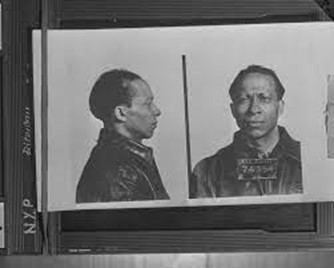
Hundreds of reinforcements flooded the area. Police with machine guns gathered on the roofs of all the surrounding buildings, and every staircase in the building was filled with marksmen similarly armed. The streets around the apartment were blocked off by the police and crowds estimated at over 20,000 took a rooting interest in the battle.
Bullets and tear gas canisters rained down upon the apartment like a biblical curse. Between volleys, Robles shouted, “You’ll never take me alive.”
After an hour, Frank Malerba and five other detectives burst into the apartment and exchanged shots with Robles. Malerba again ordered Robles to surrender. “I’ll think about it,” Robles replied. As another tear gas canister flew into the apartment, Malerba retreated to the roof for air. When he returned a few minutes later, Robles was dead. Of the three hundred bullets fired at Robles, only four had found their mark, but that was enough.
Roble’s story was the inspiration for “Madigan,” a 1968 movie starring Richard Widmark and Harry Guardino as detectives who had 72 hours to find the killer who had taken their guns.
“Augie’s last stand” became part of the neighborhood legend, but his violent influence had one more victim to claim. Four years later, just a few blocks from the shoot-out, police arrested Angel Robles, Augie’s 19-year-old nephew, for killing an unarmed grocer. Angel told police that his uncle Augie taught him how to shoot and told him, “The best targets are cops.” Angel was convicted of first-degree murder.
About the Author: Paul Drexler is a writer and crime historian in San Francisco. He regularly writes for the San Francisco Examiner with his column ‘Notorious Crooks’ and he is the Director of Crooks Tours of San Francisco offering walking tours of the city and its criminal history. Paul has appeared in a number of documentaries for the Discovery ID network and on Paramount TV where he featured as an expert on the Zodiac Killer.
Read Paul Drexler’s fascinating true crime book ‘Notorious San Francisco: True Tales Of Crime, Passion, and Murder’ a fast-paced collection of largely untold true crime tales uncovering the dark secrets of San Francisco’s past. Read Crime Traveller’s review here.











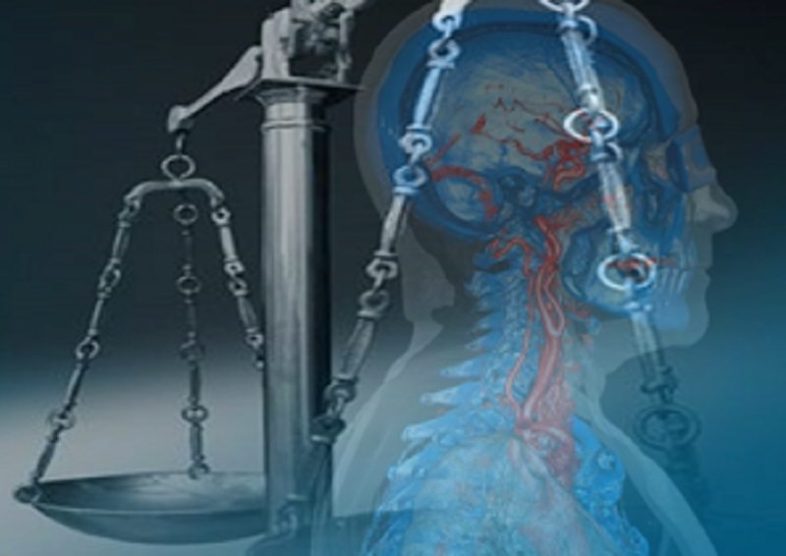
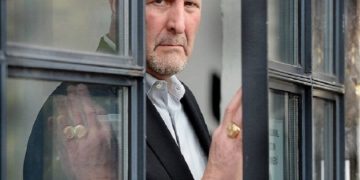
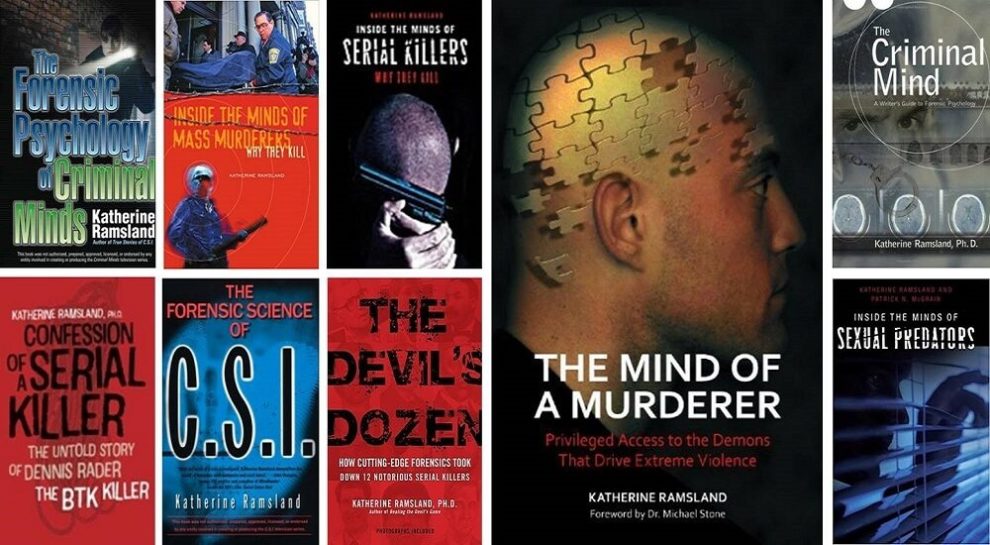
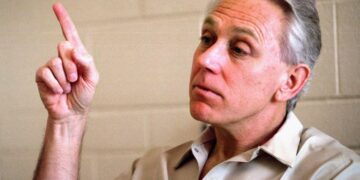
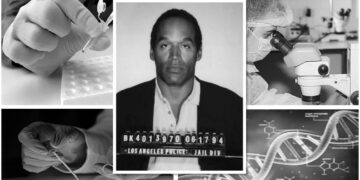
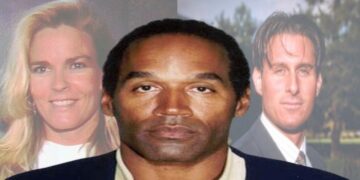

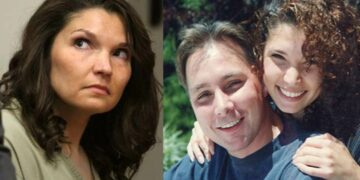



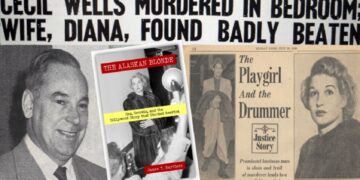
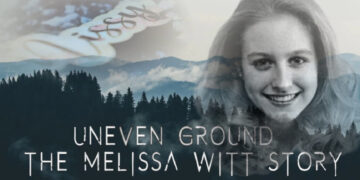


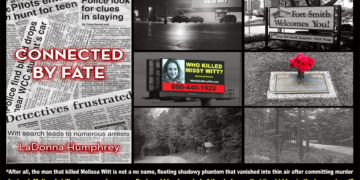
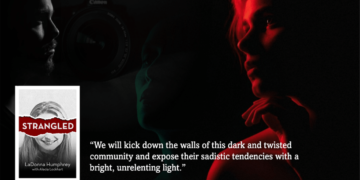
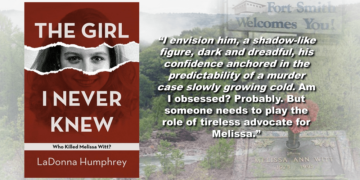
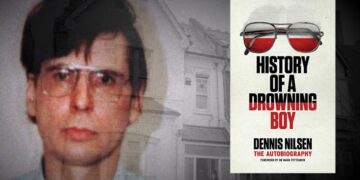
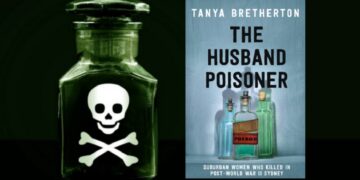
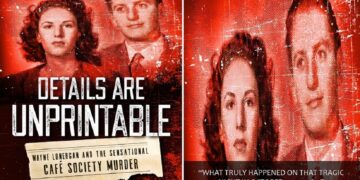



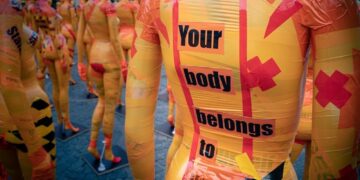






Crowley was the toughest guy I have ever heard. He really was not afraid of death. He was a monster in the public and to the police officers.